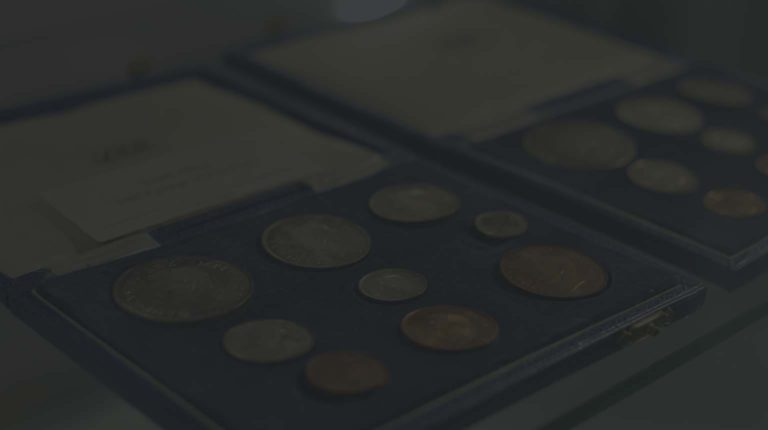Weighing roughly 4.6 grams, the solidus became a popular gold coin, struck en-masse across the empire, at mints from London to Antioch. The solidus, and its 1/3 denomination, the tremissis, became the standard gold coinages for centuries to come. The Byzantine Empire used the solidus as its primary gold coin until the 9th century, and the tremissis, popular in the West, became the model for coin series struck by the Merovingians in Gaul, and, eventually, the Saxon Gold Thrymsa or Shilling.
We have seven solidi and one tremissis from the Late Roman and Byzantine periods, all surviving in at least extremely fine condition, and many with most of their original mint lustre surviving.

Constantius II (337-361) AV Solidus 4.6gm., Nicomedia 340-350. Diademed and draped bust of emperor facing right, FL IVL CONSTAN-TIVS PERP AVG. Rev: Helmeted Roma seated to left and Constantinople to right of shield inscribed VOT XX MVLT XXX, Constantinople resting on prow of ship, GLORIA – REI – PVBLICAE, SMNT in exergue. (RIC 33). Extremely Fine, some remaining lustre in protected areas of the field. £4,100


